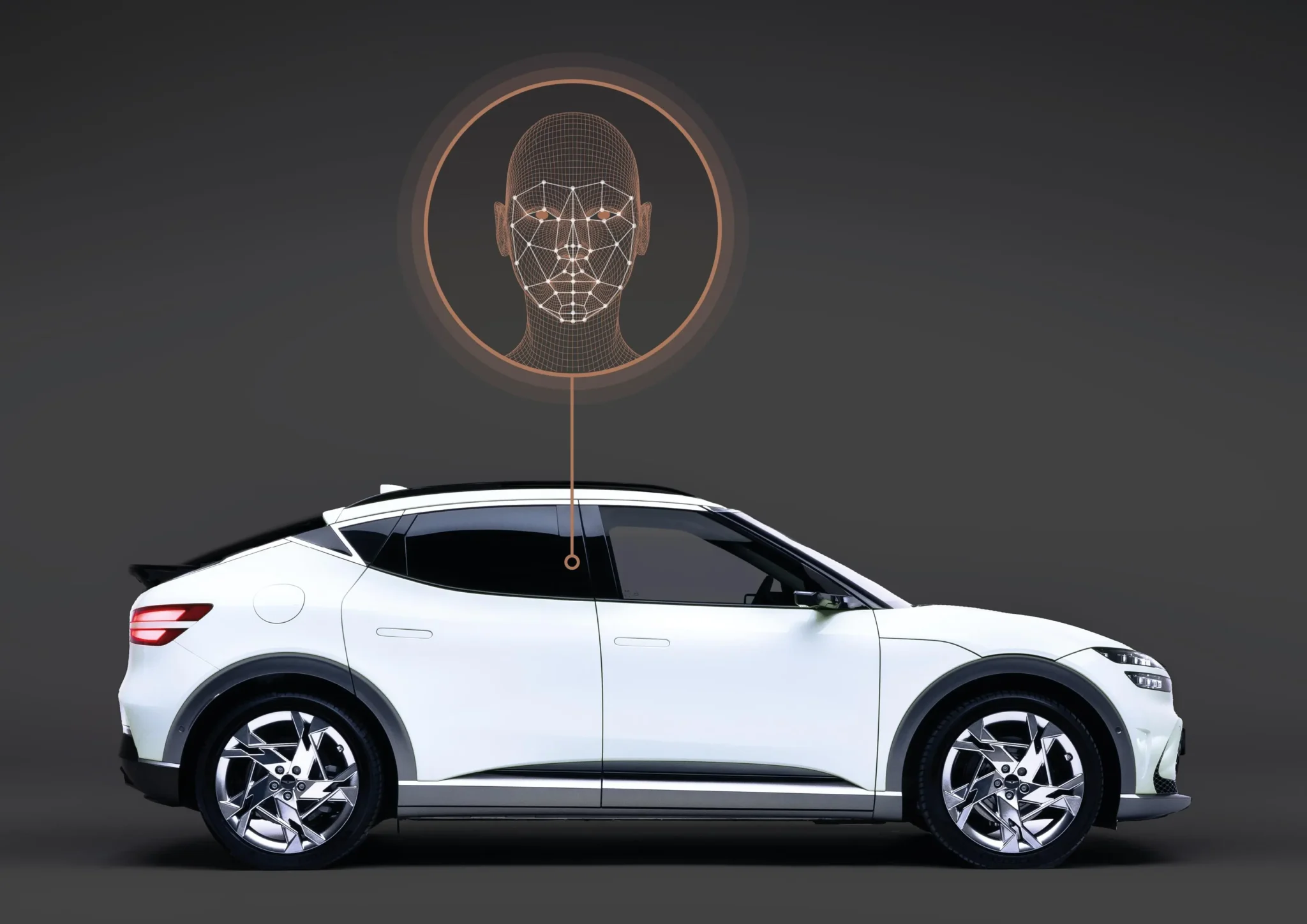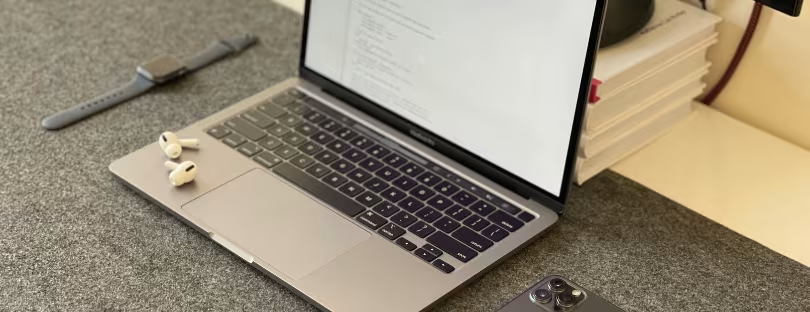
5G vs 4G: The Battle of Battery Consumption and the Path to Efficiency
The use of 5G networks on smartphones results in a higher battery drain compared to 4G-LTE, with a difference of 6% to 11% depending on the System on Chip (SoC) in the device, as reported by Ookla. Battery Efficiency in 5G vs 4G
Despite the battery drain gap between 4G-LTE and 5G not showing signs of narrowing, newer SoC generations from Qualcomm, MediaTek, Samsung, and Google have shown improvements in battery efficiency. Mark Giles, Ookla’s lead industry analyst, highlighted this trend.
The Role of Qualcomm’s Snapdragon in Battery Efficiency
Among Android SoCs, Qualcomm’s Snapdragon was found to be the most efficient. The Snapdragon 8 Gen 2, Qualcomm’s latest flagship SoC, recorded the lowest battery drain in Ookla’s analysis, with 31% for 5G users and 25% for 4G-LTE users.
MediaTek’s latest flagship SoC, the Dimensity 9200, recorded a 34% battery drain when using 5G, compared to 45% for its predecessor, the Dimensity 9000.
Ookla suggests that users concerned about battery life should upgrade to the latest flagship smartphone and enable 5G service for comparable battery performance. For instance, Qualcomm’s Snapdragon 8 Gen 2 recorded a battery drain of 31% when using 5G, compared to 32% for the previous generation Snapdragon 8 Gen 1 on 4G-LTE.
Ookla’s findings are based on its Speedtest Intelligence data for Android, split by SoC, for a selection of major global markets. iPhone users are also affected, and Apple has proposed a range of countermeasures.
In response to these findings, the industry is exploring various network initiatives to reduce device power consumption on 5G. Ericsson‘s head global customer unit and RVP, Sebastian Barros, detailed some of these initiatives in a LinkedIn post.
The Impact of the 5G Standalone Feature on Battery Life Battery Efficiency in 5G vs 4G
One such feature is the new 5G Standalone feature – the inactive state of Radio Resource Control (RRC Inactive) – which reduces the amount of signalling required during state transitions, thereby lowering both latency and battery consumption.
Other initiatives include discontinuous reception, which allows a device in the RRC_CONNECTED state to monitor the physical downlink control channel (PDCCH) periodically instead of constantly, saving power. The Wake-up Signal (WUS) ensures that the device wakes up only when it receives this signal from the network.
Barros also mentioned that while 5G uses large bandwidth, devices don’t always have to. The base station can dynamically switch between Bandwidth Parts (BWPs) based on the device’s traffic volume.
Lastly, he suggested that the device can request to reduce the number of MIMO layers, allowing the base station to configure fewer MIMO layers for the device through an RRC reconfiguration message. This way, the device can deactivate some antennas to save power.
Here are some of the best 5G smartphones in terms of battery life in 2023:
- Asus ROG Phone 7 Ultimate
- Motorola Edge Plus 2023
- Samsung Galaxy S23 Ultra
- iPhone 14 Pro Max
- Sony Xperia 10 IV
- Realme 9 Pro
- OnePlus Nord N30 5G
- Samsung Galaxy A54 5G
- Asus Zenfone 9
- Google Pixel 7
- Samsung Galaxy A53 5G









